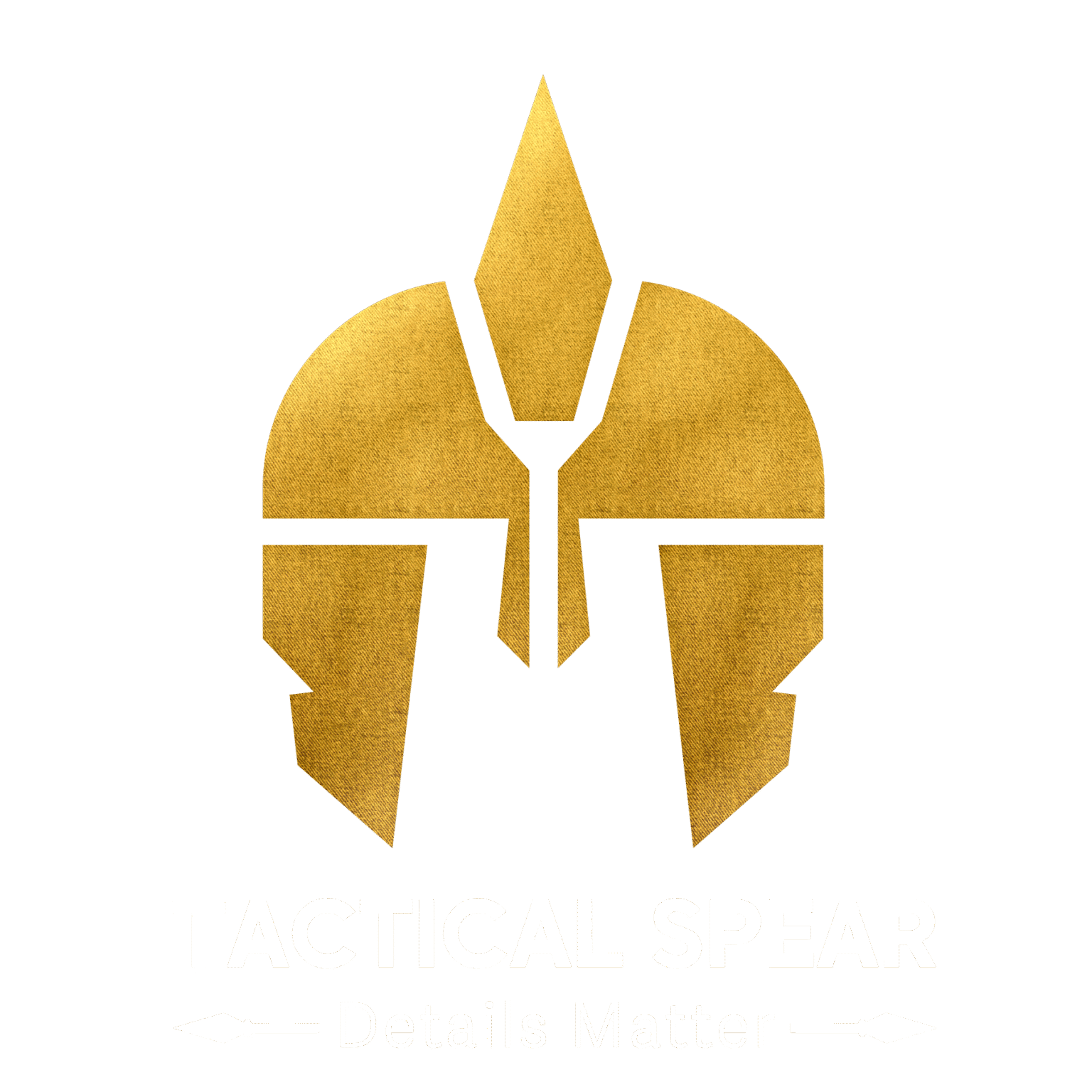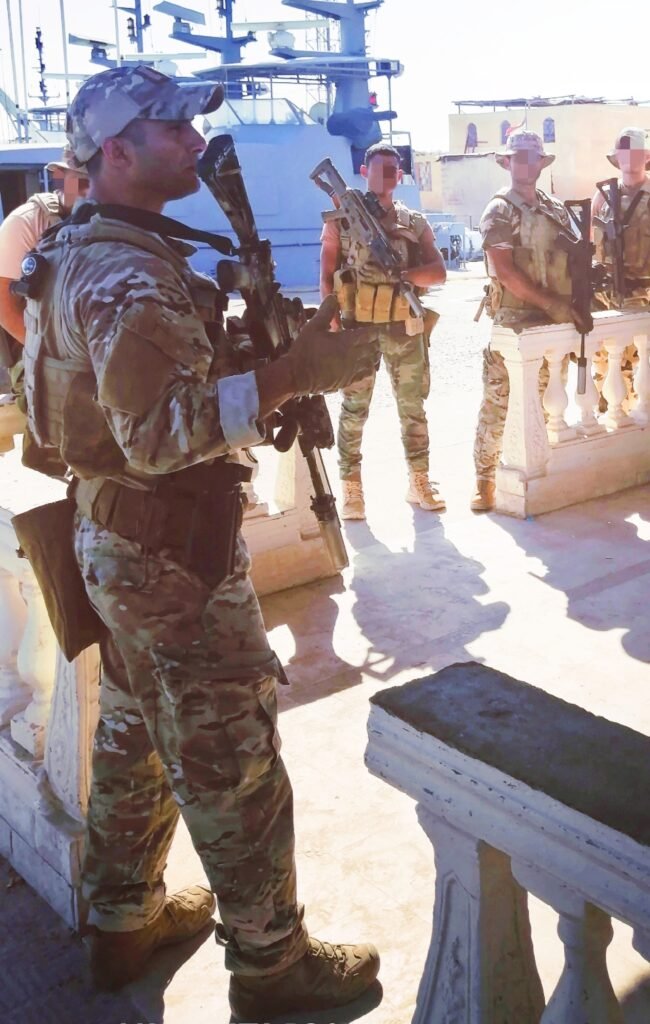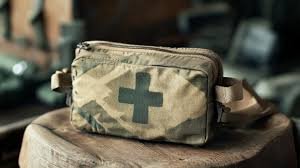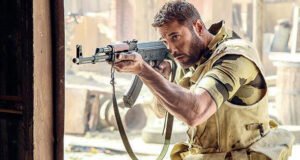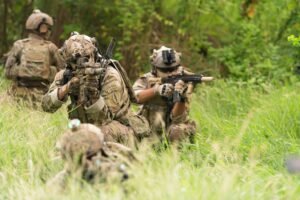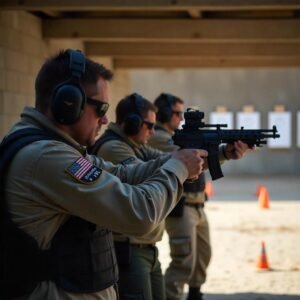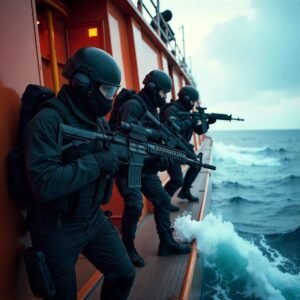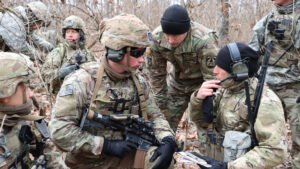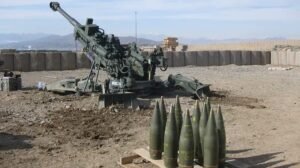Learn the core elements of effective military leadership, including understanding subordinates, self-awareness, situational decision-making, and communication. Discover how these pillars shape mission success and trust in military units.
The Four Pillars of Effective Military
Leadership: Leading with Intelligence, Integrity, and Adaptability
Leadership is one of the most critical elements in military operations. It’s an inseparable part of the success of a mission or a unit. Whether in times of peace or in combat, leaders face complex challenges in unpredictable environments. This demands intelligence, loyalty, physical and mental strength, and a deep understanding of people and context.
Modern decentralized operations require leaders at all levels who can quickly comprehend their surroundings, make sound decisions, adapt under pressure, and drive change and improvement. Since no situation has a “one-size-fits-all” solution, a successful leader must tailor their thinking and resources to find the most effective solution for each unique situation. This demands an
agile mind, a will to succeed, and a readiness to take calculated risks in unfamiliar or unexpected conditions.
Leadership is not just about giving orders—it’s about earning respect, building a positive environment, using resources wisely, and inspiring others to excel. Along the way, mistakes will happen. Difficulties will arise. But these are essential parts of learning the art of leadership. Embracing core military values—integrity, authenticity, and honesty—will strengthen the trust between you and your team. That trust is the foundation of our profession.
- The Subordinates
The first and most important element of leadership is your subordinates. Not all soldiers should be led the same way. A soldier who is new to a task will need closer supervision and guidance than a veteran performing the same duty. A soldier lacking self-confidence may need encouragement and support. A soldier who consistently excels deserves recognition and praise. One who deliberately disobeys or neglects standards should be held accountable.
To lead effectively, you must assess your soldiers in terms of skill, motivation, and commitment so that your leadership style can match their needs. Create a climate that encourages participation, teamwork, and a shared commitment to the mission. Mutual trust, respect, and reliability are the keys to building this environment.
- The Leader
The second critical element is you, the leader. You must understand who you are, what you know, and what you are capable of. Awareness of your strengths and weaknesses allows you to better regulate your behavior and lead effectively.
Self-assessment is often harder than evaluating others. If you struggle to evaluate yourself, ask your superiors or trusted peers for feedback. You can also seek input from experienced subordinates to better understand how your orders are received. Treat their feedback as valuable perspectives and use it to grow.
- The Situation
The third element is the situation. Each scenario is different. What works in one setting may fail in another. To make the right decision, you need to evaluate the available resources, the surrounding factors, and the skill, motivation, and commitment level of your team in that moment.
In some cases, direct supervision might be required. In others, encouragement and listening are more effective. Often, a blend of both is best. The timing of your actions is also crucial—a well-meaning correction or confrontation may backfire if delivered too early or too late. You must learn to read the situation and time your leadership decisions wisely.
And if you make a mistake? Reassess, correct course, and learn from it.
- Communication
The fourth element is communication. Effective leadership depends on clear, timely, and honest communication—both sending and receiving information. Successful communication happens when others fully understand what you’re conveying and when you truly grasp what they are saying in return.
Communication can be verbal, written, non-verbal, or a combination. Your tone, word choice, body language, and even silence can influence how messages are received. The ability to say the right thing at the right time in the right way is a vital leadership skill.
During peacetime, you must build bonds strong enough that your troops will follow you into battle. Your ability to earn their trust—before, during, and after conflict—will define your command. Accurate, unbiased delivery of information and expectations is a must. The way you communicate can either strengthen or break the bond between you and your soldiers. Discipline and cohesion within the unit often begin with this relationship.
Effective communication also requires listening. Soldiers listen to leaders who listen to them. It’s not easy—but it’s a skill you can build. Pay attention to what your soldiers say and how they say it. Their tone and expressions often speak louder than words.
Conclusion
These four pillars—Subordinates, the Leader, the Situation, and Communication—are present in every leadership scenario. The weight of each element varies depending on the context, and failures often occur when a leader neglects one or more of them.
Self-reflection, practical experience, and continuous study will improve your understanding of these elements. Mastery of them will not only make you a better leader but also earn the unwavering trust of those who follow you.
